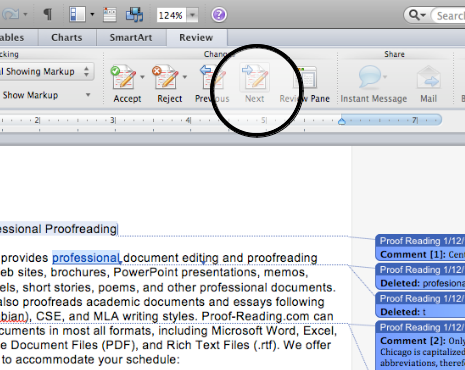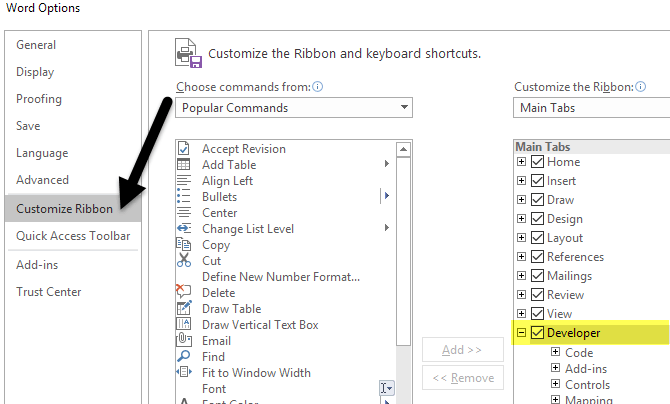
By default, Word automatically links every header and footer to the one in the section before it. A section’s headers or footers can be the same or different from the preceding section. Each section has its own set of headers and footers. However, once you’ve inserted the section break, you also need to cut the link between your multiple headers/footers. You need a section break every time you need to change page numbering. Section breaks can be inserted from the Layout ribbon > Page Setup group > Breaks button > Section Breaks group > Next Page. To do so, you need to break up your document into multiple sections using section breaks. Sometimes you need to change page numbering in the middle of your document (start over, stop page numbering, start page numbering, change page number style, etc.).

First, Word adds an unnecessary, extra hard return after the page number, which you’re going to have to delete. While the first method may seem easier, there are significant problems with it. Both options are available from the Insert ribbon > Page Number button or the Header/Footer Tools ribbon > Page Number button.

There are two ways to add page numbers: 1) adding it to the top or bottom of the page, or 2) inserting it in the current position.
#How to do quick parts in word for mac how to#
The following tips show you how to add, customize and manipulate page numbers in your Word documents like a pro. Regularly find yourself wrestling with Microsoft Word’s page-numbering feature?
#How to do quick parts in word for mac software#
In this new tips series, the legal technology training experts at Affinity Consulting Group offer straightforward answers to common questions about popular software programs used in law offices.


 0 kommentar(er)
0 kommentar(er)
